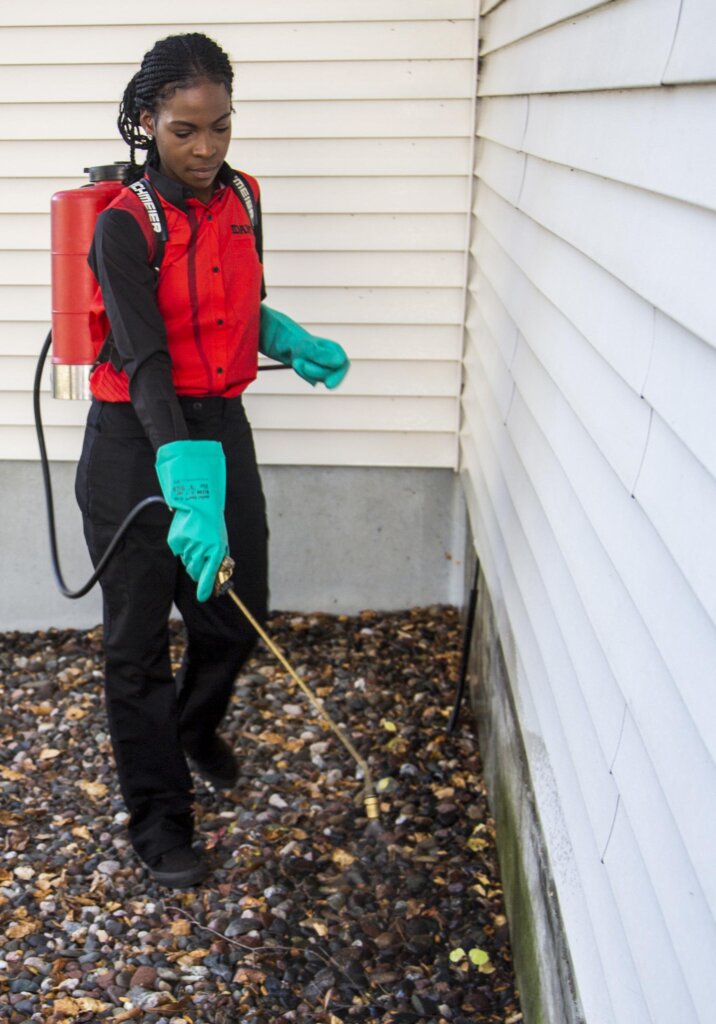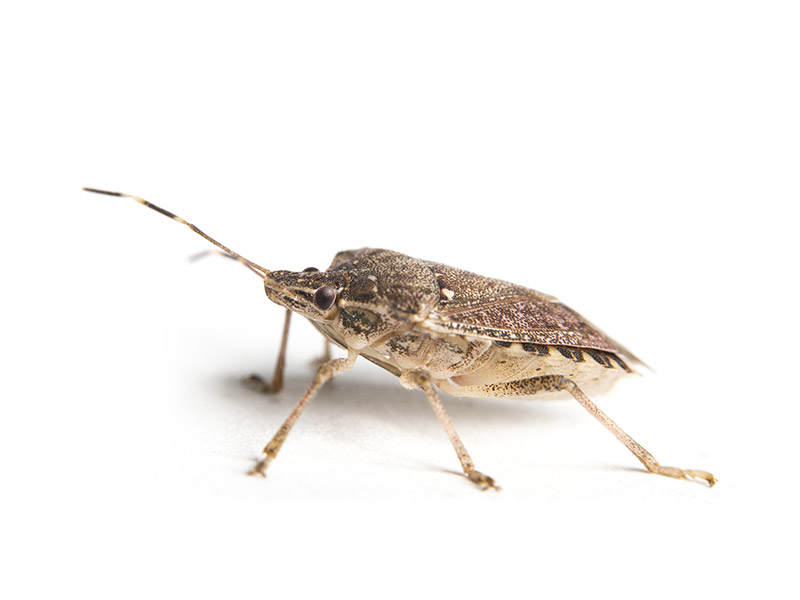Get rid of pests with professional Pest Control solutions today.
Get rid of pests with professional Pest Control solutions today.
Blog Article
Eco-Friendly Bug Control Approaches for Taking Care Of Wildlife in Urban Areas
Urban areas commonly find themselves at the crossway of human task and wildlife, leading to one-of-a-kind difficulties in insect management. These methods not just safeguard the setting but also improve neighborhood interaction in wildlife management. As urban populaces proceed to grow, comprehending the characteristics of wild animals communications comes to be increasingly important.
Comprehending Urban Wild Animals Dynamics
Understanding Urban Wild animals Characteristics is necessary for creating reliable and environment-friendly pest control techniques. Urban locations are progressively becoming habitats for various wild animals types, driven by elements such as environment fragmentation, food accessibility, and human infringement. Recognizing these dynamics permits a nuanced approach to pest administration that straightens with environmental principles.
Urban wildlife often consists of species such as raccoons, squirrels, and birds, which adapt to city atmospheres, locating specific niches in green spaces, parks, and also suburbs. Their visibility can bring about problems with humans, particularly when they manipulate personnels for food and shelter. Comprehending the actions and eco-friendly roles of these types informs strategies that lessen unfavorable interactions while advertising biodiversity.
Moreover, acknowledging the interdependencies within urban ecosystems helps in identifying vital locations for habitat preservation and restoration. This understanding adds to the growth of incorporated parasite management (IPM) methods that take into consideration the environmental equilibrium, thereby minimizing dependence on dangerous chemicals. By fostering coexistence between human beings and city wild animals, cities can develop much healthier environments that benefit both homeowners and neighborhood environments, leading the method for sustainable metropolitan living.
All-natural Repellents and Deterrents
Natural repellents and deterrents provide a sustainable alternative to traditional parasite control techniques by taking advantage of the power of nature to maintain undesirable species at bay. These green remedies normally make use of plant-based active ingredients, necessary oils, and various other normally taking place substances that hinder bugs without harming the environment.
One reliable natural repellent is peppermint oil, which is understood to drive away rats and pests. Its strong scent is undesirable to several parasites, making it a prominent selection for metropolitan settings. In a similar way, vinegar and citrus peels can act as deterrents, as their strong odors are typically unappealing to numerous wild animals.
Furthermore, diatomaceous earth is an all-natural powder that can be spread out in locations susceptible to parasite task, efficiently drying out and hindering bugs without presenting dangers to non-target varieties. Moreover, garlic sprays and neem oil are acknowledged for their capacity to fend off a large range of pests, including both bugs and bigger wild animals.
Carrying out these all-natural repellents not only decreases dependence on chemical pesticides however also promotes a healthier urban ecosystem, cultivating a more well balanced coexistence between humans and wild animals. By using these methods, urban areas can effectively take care of bug populations while decreasing ecological impact.
Habitat Alteration Techniques
Efficient environment modification strategies play an essential duty in lasting parasite monitoring by altering the atmosphere to make it less conducive to pest invasions. By understanding the eco-friendly dynamics of metropolitan locations, homeowner can execute tactical modifications that prevent pests while advertising biodiversity.
(Wildlife removal Port Charlotte)One main method includes maintaining proper sanitation. This consists of routine waste elimination, protecting trash can, and getting rid of standing water to decrease breeding sites for insects and rats. Additionally, landscape design methods such as selecting indigenous plants can enhance eco-friendly equilibrium, giving environments for useful organisms while reducing sources for parasites.
An additional essential technique is to secure access points in structures. Inspecting and fixing cracks in foundations, wall surfaces, and home windows can considerably minimize pest gain access to. Producing physical obstacles, such as fencings or plant buffers, can hinder wild animals movement right into human-inhabited areas.
Integrated Bug Administration Practices
Structure upon habitat alteration techniques, integrated insect management (IPM) practices offer an alternative method to regulating bug populaces while lessening ecological influence. IPM integrates various approaches, including biological, cultural, mechanical, and chemical controls, to achieve reliable parasite management.
Biological control involves the intro of all-natural killers or parasites to lower insect populations. Social techniques, such as plant rotation and cleanliness, disrupt pest life cycles and diminish their habitats - Pest control service. Mechanical controls, like traps and obstacles, offer prompt relief from bug pressures without chemical intervention
Chemical controls are used as a last resource, concentrating on targeted applications that restrict harm to non-target types and the setting. The selection of eco-friendly chemicals, when required, is indispensable to the IPM framework. Furthermore, keeping track of bug populations and evaluating prospective damage assists inform decision-making, ensuring that treatments are prompt and reliable.
Area Participation and Education And Learning

(Silverfish control Port Charlotte)Workshops and educational sessions can outfit residents with expertise about indigenous varieties, habitat conservation, and efficient safe parasite management strategies. Collaboration with schools, regional companies, and federal government firms even more enhances academic outreach, making certain that vital info gets to varied target markets.
In addition, community-led campaigns, such as neighborhood clean-up days and environment reconstruction projects, not only promote biodiversity but also enhance neighborhood connections. Pest control service. By urging homeowners to share their experiences and monitorings, areas can establish targeted strategies that deal with particular local insect issues
Incorporating feedback from residents into bug administration prepares enables a more responsive and adaptive approach to wild animals challenges. Ultimately, educated and Bat Removal involved neighborhoods are essential to achieving long-term success in eco-friendly insect control, resulting in healthier city settings that appreciate both human and environmental requirements.

Verdict
Finally, environment-friendly insect control comes close to deal sustainable remedies for handling city wildlife. By focusing on habitat alteration, making use of natural repellents, and applying integrated bug management techniques, neighborhoods can cultivate an unified conjunction with neighborhood fauna. Engaging homeowners through education and learning improves understanding and encourages responsible wildlife interactions. Eventually, these methods not only safeguard biodiversity yet additionally advertise environmental health and wellness, ensuring metropolitan areas remain vivid communities where people and wildlife grow with each other.
Report this page